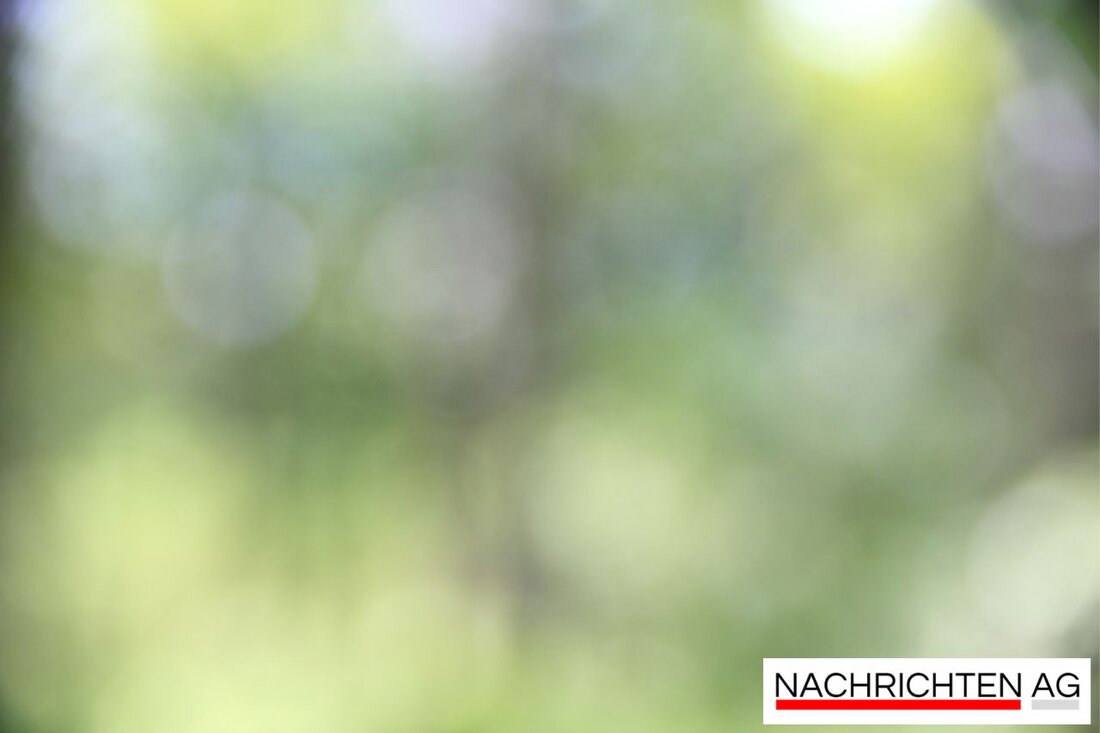Peace and diversity: Congratulations on Rosh Hashanah from Reinickendorf
District mayor Emine Demirbüken-Wegner congratulates Rosh Hashanah and emphasizes peace, cohesion and interreligious dialogue in Reinickendorf.

Peace and diversity: Congratulations on Rosh Hashanah from Reinickendorf
On September 22, 2025, the district mayor of Reinickendorf, Emine Demirbüken-Wegner, would like to send best wishes for the Jewish New Year, Rosh Hashanah. In her message she expresses the wish for a good and sweet year, filled with health, hope and confidence. Rosh Hashanah, which is celebrated as a festival of reflection and inner contemplation, is also marked by global crises, social tensions and uncertainties. Demirbüken-Wegner emphasizes how important the longing for peace is in people's hearts, in the city and in the world.
Her speech also emphasized the strength of diversity in Berlin. Jewish life in Reinickendorf is seen as a valuable enrichment for the district. She would like to thank the Jewish communities, organizations and individuals for their commitment to interreligious dialogue, which is seen as a fundamental part of social coexistence. The district mayor wishes peace, understanding and shared responsibility for the year 5786. She is optimistic about future encounters and discussions that aim to promote an open and solidarity-based urban society.
Significance and customs of Rosh Hashanah
Rosh Hashanah, Hebrew for “head of the year,” marks the beginning of a new year in the Jewish calendar and the beginning of a 10-day penitential period leading up to Yom Kippur, the so-called “Days of Awe.” This time invites self-reflection and realignment in your personal life. The tradition includes various customs, including the Tashlich custom, which is celebrated on the afternoon of the first day. “Tashlich” means “you will throw,” and believers symbolically empty their pockets by throwing small objects such as breadcrumbs into the water. This act represents liberation from old burdens and sins, inspired by the biblical passage in the book of Micah: “And you will cast all their sins into the depths of the sea.” (Micah 7:19)
Rosh Hashanah has a deeper meaning because it is also the day of taking stock of the past year, when three books are opened to judge people's actions. The righteous receive the “Seal of Life,” while the fate of the “wicked” and the “mediocre” is also determined. This judgment remains open until the Day of Atonement, Yom Kippur.
Traditions and culinary delights
Traditional symbols of the holiday include the shofar, pomegranates, wine, apples and honey, symbolizing the wish for a sweet year. Food such as honey cake, tzimmes, grapes and apples dipped in honey are also an integral part of the celebrations. In addition, on the morning of New Year's Day, a special prayer with blowing of the shofar is performed, which underlines the festive mood.
Rosh Hashanah, celebrated between September 5th and October 5th in the Gregorian calendar, is not only an occasion for joy and reflection, but combines religious traditions with deep human needs for clarity and renewal. At this time there is an urgent desire for peace and solidarity, as Emine Demirbüken-Wegner also stated in her speech. The ongoing tradition of believers traveling to Uman to pray at Rabbi Nachman's grave reflects the need to come together in community and faith.

 Suche
Suche
 Mein Konto
Mein Konto
